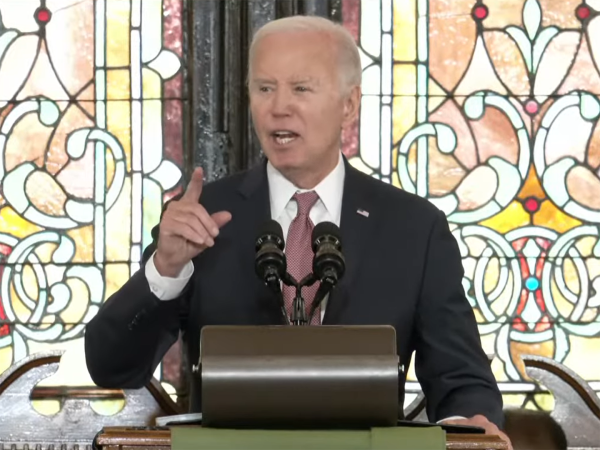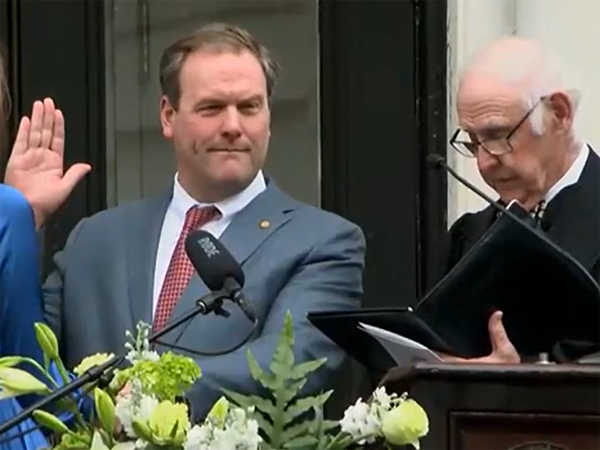Guilty Until Proven Innocent: The New Status Quo

The US is shifting toward an era where mass incarceration is becoming the new norm, and many citizens citizens of color are often treated as guilty until they can prove their innocence.
Today, the United States of America is home to 5% of the World population and 25% of world prisoners. Of the nearly 2.3 million Americans incarcerated, over 1 million of them are African American. In addition, African Americans comprise over 50% of all prisoners in jail, even though African Americans make up approximately 13% of the US population. Of the 2.3 million individuals incarcerated in America, two-thirds of the offenders will reoffend and end up back in jail after being released. How did America get to where it is now?
The US’s “get tough on crime” and “war on drugs” campaigns which included mandatory minimum sentencing for nonviolent crimes for offenses such as crack and powder cocaine possession. In 2002, African Americans constituted more than 80% of the people sentenced under the federal crack cocaine laws. However, two-thirds of crack cocaine users in the U.S. are white or Hispanic, most of which, however, received much shorter sentences. According to Unlocking America, if African American and Hispanics were incarcerated at the same rates of whites, today’s prison and jail populations would decline by approximately 50%. The facts do not lie. Another important cause to this problem in our country is the fact that when accused of using, or “conspiring” to sell crack and other drugs, these individuals are given mediocre and overworked lawyers who will likely lead them to accept quick plea deals. Even if innocent, these individuals are led to believe that if they were to take their cases to court, that the possible sentences would far outweigh those of a plea deal.
American prisons make money with every incoming inmate. Together, prisons and jails consume nearly $200 billion of what we spend annually on public safety. In 2005, it cost an average of $23,876 a year to house a prisoner. Now, in 2015, the cost to incarcerate an inmate can reach almost $50,000 a year in states such as California.
President Obama became the first US president to visit a Federal Prison this past July, when he visited El Reno Correctional Institution in El Reno, Oklahoma. During his meeting with inmates and law enforcement, he stated, “we have a tendency…to think it’s normal that so many young people end up in our criminal justice system. It’s not normal. It’s not what happens in other countries. What is normal is teenagers doing stupid things.” He further discussed why there is a need to limit sentencing for minor nonviolent drug offenses.
There is a serious problem in this country, one that is often swept under the rug and ignored. Mass incarceration costs millions of Americans their lives and perpetuates a cycle of poverty, racial discrimination, and further incarceration. American needs to start conversation about this problem in the US and need to encourage their elected officials to propose legislation to correct this predicament.

















